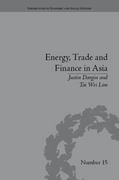Answered step by step
Verified Expert Solution
Question
1 Approved Answer
March 1- PRINCIPLES O X MindTap - Cengage Learning X HE ACCT100-03 Syllabus - FINANCE X | G Google /g.cengage.com/staticb/ui/evo/index.html?deploymentld=5982812480131064961974525393&elSBN=9780357133606&id=10923978 CENGAGE | MINDTAP Homework (Ch

Step by Step Solution
There are 3 Steps involved in it
Step: 1

Get Instant Access to Expert-Tailored Solutions
See step-by-step solutions with expert insights and AI powered tools for academic success
Step: 2

Step: 3

Ace Your Homework with AI
Get the answers you need in no time with our AI-driven, step-by-step assistance
Get Started


